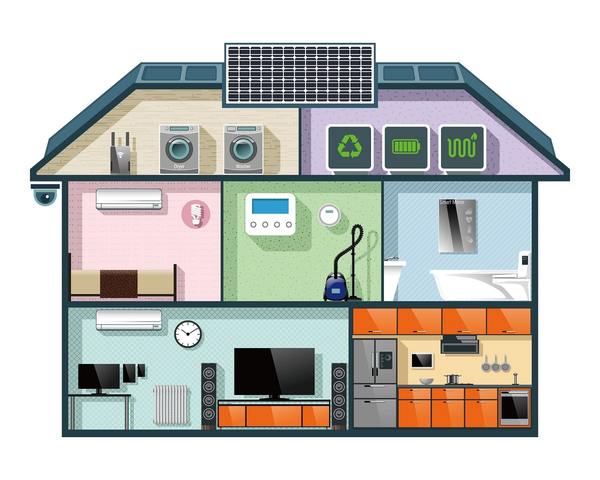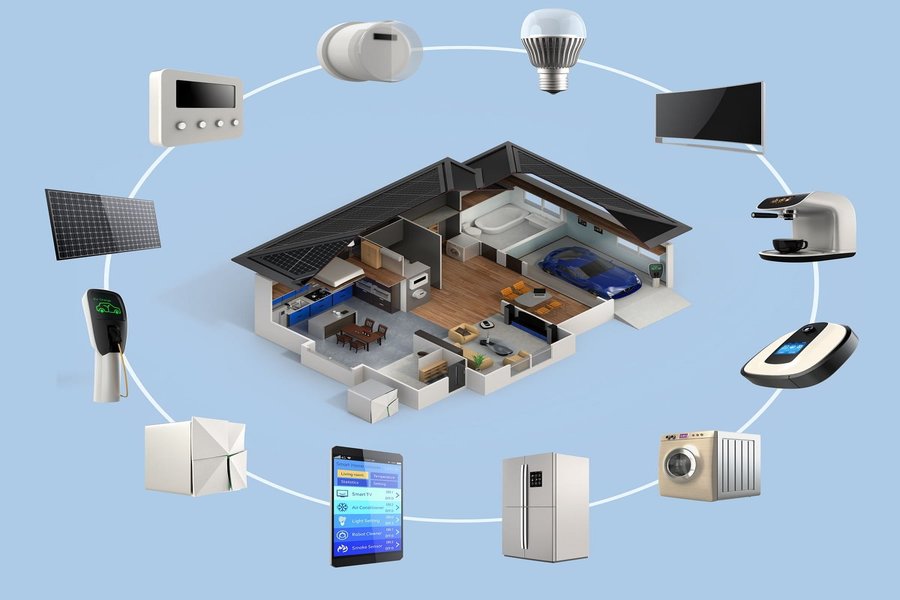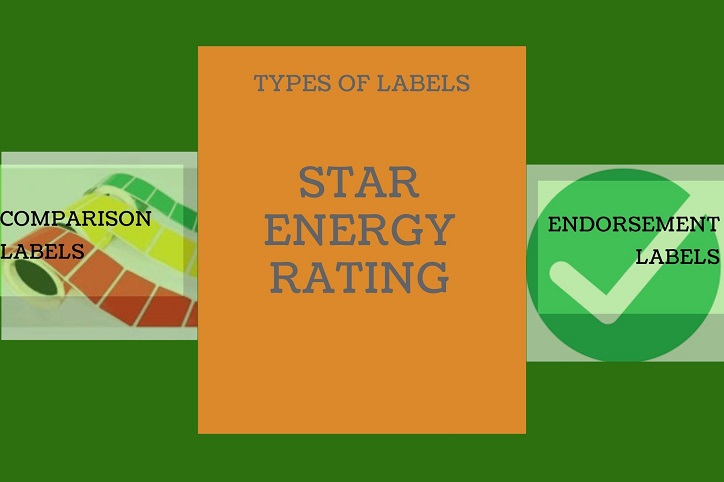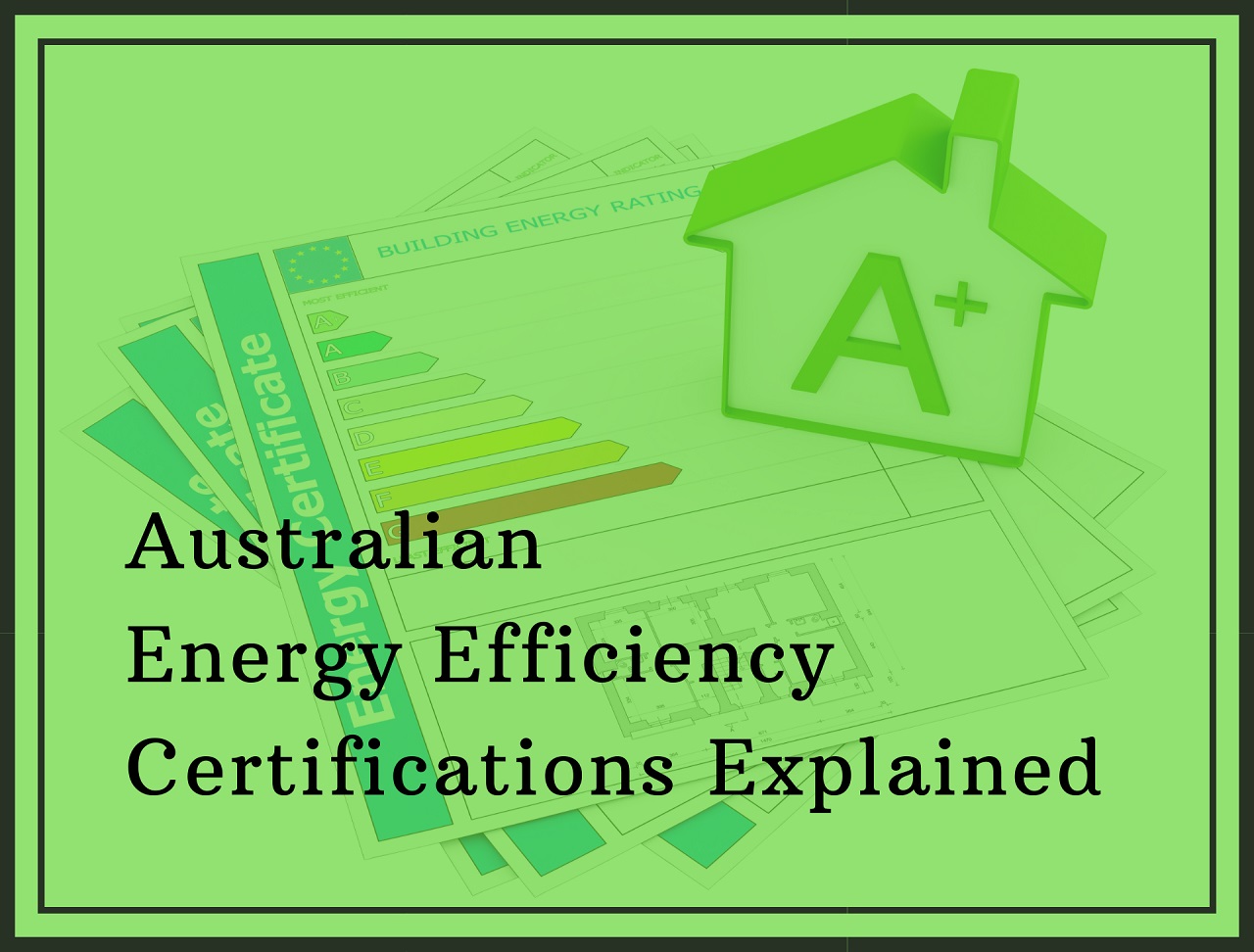Star Energy Rating Appliances for Energy Efficient Homes

The Energy Rating Label for electrical home appliances was introduced in NSW and Victoria in 1986. Nowadays it is mandatory in all of the Australians states and territories to carry the energy label on electrical appliances. In Australia, this rating system has positive economic and environmental significance.
The main purpose of the Star energy rating is to improve the energy efficiency of appliances in order to reduce greenhouse gas emissions and national energy demand. Ultimately, the energy-efficient appliances help their owners to save money on the energy bill.
What is the Star Energy Rating for Appliances?
Depending on the size and energy consumption of an electrical appliance, it is labelled on a scale of 0 to 10 stars. According to the scale, the greater the number of stars, the higher the efficiency. The rating enables a consumer to compare two domestic appliances and chose the more energy-efficient one. It also provides insight into the manufacturer for further improvements. Eventually, the least energy-efficient products are removed from the market.

Which Household Appliances Need To Be Star Energy Rating Labelled?
As drafted in the National Construction Code (NCC, formerly the Building Code of Australia), a 6-star minimum efficiency rating has been the requirement of minimum thermal performance of household devices and appliances in most of Australia. This 6-star energy efficiency rating in electric tools used in residences assures more energy efficiency through better lighting, ventilation, and temperature control.
The Energy Rating Label on appliances implies lesser energy consumption and the running utility bill costs over the lifespan of the products.
Using the relevant Australian Standards, this star energy rating label of electric household devices determines the energy performance. All these appliances must have a label defining their energy rating, which denotes their energy efficiency.
This Star Energy Rating Labels must be displayed on the following new appliances:
- Washing machines
- Clothes dryers
- Refrigerators
- Televisions
- Single-phase air conditioners (single phase, non-ducted)
- Dishwashers
- Freezers
- Computer monitors
- Hot water system
All these appliances must have a label defining their energy rating, which denotes their energy efficiency.
How Energy Star Labels work
Energy star labels are authorised, a government-backed symbol that provides information on energy efficiency on the products and appliances. More stars on the Energy Rating Labels mean more energy-efficient appliances. So, in short, the Star Energy Label is established to reduce environmental contamination and over-consumption caused by the insufficient use of energy through the electric tools for residences.
There are two types of labels when it comes to Star Energy Rating – Comparing and Endorsement.

Comparison labels
Comparison labels provide the information that you need to compare the energy efficiency of a particular product. These labels allow consumers to compare the energy consumption of similar products and factor lifetime running costs into their purchasing decision.
The comparing label includes three subdivisions. Two of them is mandatory, and the rest are voluntary. They are as follows-
- Energy Rating Label (Mandatory)
- Swimming Pool Pumps Label, &
- Zoned Energy Rating Label
Endorsement labels
Endorsement labels such as the Energy star label acts as a “Seal of Approval” for potential purchase. The purpose is to inform prospective purchasers that the product is highly energy efficient for its class. The Australian Government does not regulate the energy star label.
Why Labelling Household Appliances and Equipment?
The star energy rate label is a part of a government and industry initiative. This energy rating labelling works simultaneously with Minimum Energy Performance Standards that determines the minimum level of energy performance that household products must meet. These minimum required standards help to improve the general energy consumption or efficiency through the electric household devices available on the market by upheaving the performance of the least energy-efficient products on their next upgraded models.
The reason why the household appliances and equipment are labelled so the consumers can easily take into account on how much their purchased household appliances will cost to use on an everyday basis, how they will reduce the overconsumption of energy in general. Because of this policy, market demand for more energy-efficient appliances will increase, and manufacturers will be encouraged to get star energy rate labels and to produce more energy-efficient models to meet consumer needs.
Why is this Rating Important?
According to the report of the second baseline study on residential energy usage, over the period of 1990 to 2020, overall household energy consumption has increased by 56%. With the support of the Australian Government, the study was conducted by energy planning and policy consultants Energy Efficient Strategies Pty Ltd (EES).
To receive a building permit, all the residential and commercial buildings in Australia must have a specific energy rating; similar to the appliances, the building rating is also on the scale of 0 to 10. Better energy star rating appliances improve the energy efficiency of the building shell. Installing home appliances that have a higher energy rating helps to get a higher rating for the building.
The Energy Rating Label on home appliances provides consumers or homeowners with the following information:
- A comparative energy rating assessment of the model’s energy efficiency.
- The ‘comparative energy consumption’ (kilowatt-hours/year) provides an estimation of the annual energy usage of the appliances. It’s based on the tested energy consumption and information about the common use of the appliance in the household.
When an appliance earns the optimum energy star rating, it tends to become a bit pricey. Though in the long run, the proper handling and management of energy-efficient appliances can make a big difference. Explore this video to learn about how can home appliances with an energy rating label save energy and save money.
These two vital pieces of information, along with efficient energy rating assessors in Australia, provide a energy efficiency rating for houses and commercial buildings. This rating is mandatory to achieve a building permit. The energy rating consultants can also advise on how to design and model a better energy efficient structure from scratch, purchasing appliances with the best Star energy rating.


